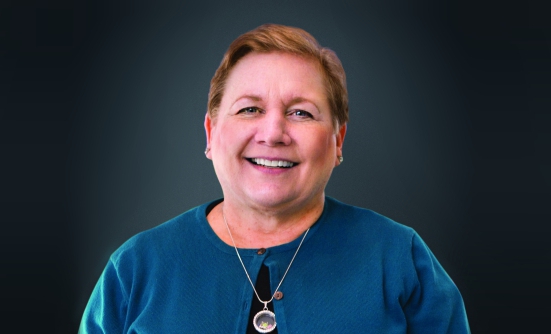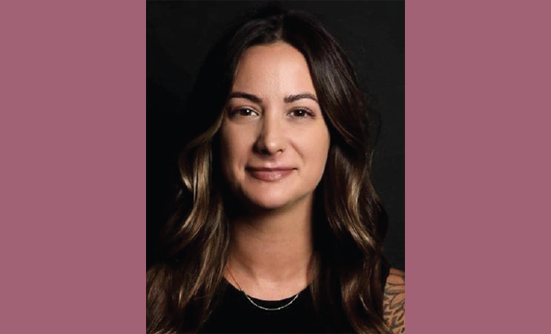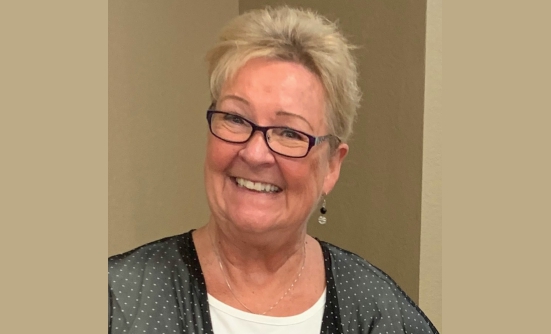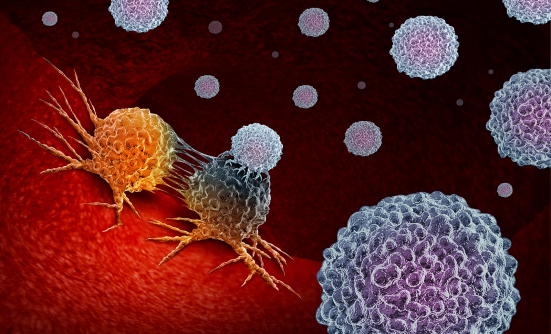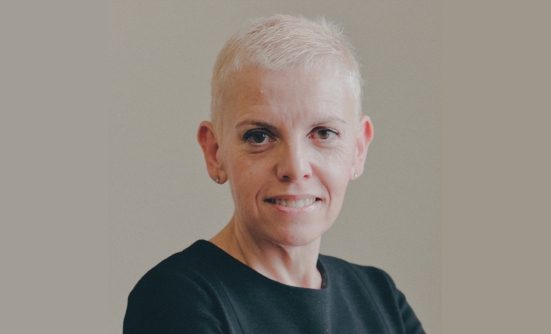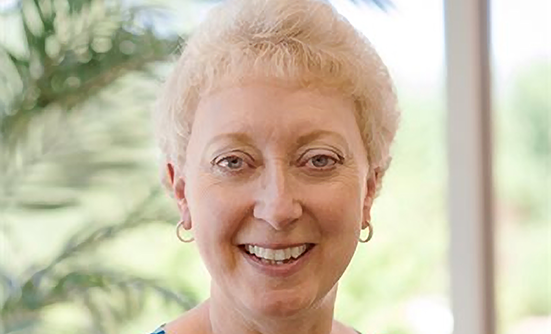
"Six months ago, I was diagnosed with early-stage lung cancer and had surgery to remove the cancer. I thought I was cured, but lately I have been experiencing pain in my hip area at night when I lie on my right side. I am really worried that my cancer has come back. Why does my hip hurt mostly at night, and what should I do?"
Aches and pains that are mere nuisances to the average person can be extremely stressful to people with a history of cancer, because the possibility of disease recurrence is on the minds of many survivors. Fortunately, pain and soreness are typically caused by the “usual suspects” that have nothing to do with cancer whatsoever, including tendinitis, muscle strain, arthritis, and more.
Every cancer survivor will have muscle or joint pain at some point in their lives, just like anyone else; however, people receiving treatment for cancer may have even more muscle pain after treatment, because the side effects of chemotherapy and radiation therapy often cause them to be temporarily more sedentary and therefore not in as good of shape as usual.
A physiatrist (a physical medicine and rehabilitation doctor) can be helpful in diagnosing and managing musculoskeletal pain in the cancer survivor and can determine the level of investigation needed to workup the cause of the pain. In the example of our patient above, the pain appears to be tendinitis of the gluteus muscles, which is a very common condition and is unrelated to cancer. This is also often called trochanteric bursitis, which refers to the pain being over a specific part of the femur (the trochanter) and the inflammation of a fluid-filled space in which muscles move (the bursa). This type of bursitis is often caused by the overuse of certain muscles, much in the same way that an athlete develops tennis elbow. Because of the inflammation, lying on the affected side can be painful as a result of added pressure. The hip may hurt more at night because of its overuse during the day.
Treatment
The treatment of this condition is multifaceted and can be managed by a physiatrist. The mainstay of treatment is an exercise program that engages the specific muscles involved, which is the gluteus medius in the case above. A physiatrist can provide you with a self-directed exercise program that can be performed at home or at the gym. A physiatrist can also determine if seeing a skilled physical therapist will be helpful with the exercise program.
Beyond exercises, anti-inflammatory medications (such as over-the-counter ibuprofen or naproxen) or ice can reduce painful swelling around the hip. In severe pain, especially pain that limits the ability to perform exercises, a steroid injection can be administered by a physiatrist. Using an ultrasound machine for guidance of the injection is not necessary, but it can help the physician localize the bursa and can also show how severe the tendinitis or bursitis is for diagnostic purposes.
The resolution of musculoskeletal aches and pains can take quite a long time; it is important not to worry if the pain is not relieved quickly. It often takes 2 months or more for the complete resolution of such pain. Furthermore, exercises for tendinitis often cause delayed-onset muscle soreness, which means that the area may be more sore the day after exercisng. This is completely normal and is actually a sign that the body is being repaired. Delayed-onset soreness and taking a long time for sore muscles to heal are normal and should not themselves be causes of concern for cancer survivors.
You should tell your doctor about your pain to ensure optimal diagnosis and treatment. Of course, there are certain symptoms of which cancer survivors should be aware, as these may indicate a more serious problem. These may include night sweats, weight loss without dieting, and pain that wakes one up at night without provocation (that is, not brought on by lying on a painful hip).
As a cancer survivor, remember that you are susceptible to the same aches and pains as anyone without a history of cancer; however, the toll that treatments for cancer can take on the body may lead to more musculoskeletal injuries than usual. Understanding this, and trying to stay as fit as possible, can reduce your anxiety and discomfort. Working with your healthcare team, possibly including a physiatrist, can help you to learn more about your symptoms and optimize your treatment.
Key Points
- All cancer survivors have muscle/joint pain, but people receiving treatment for cancer may have excess muscle pain after treatment
- Musculoskeletal aches and pains may take 2 months or more to completely resolve
- A physiatrist is a physical medicine and rehabilitation doctor who can help diagnose/manage musculoskeletal pain in cancer survivors








